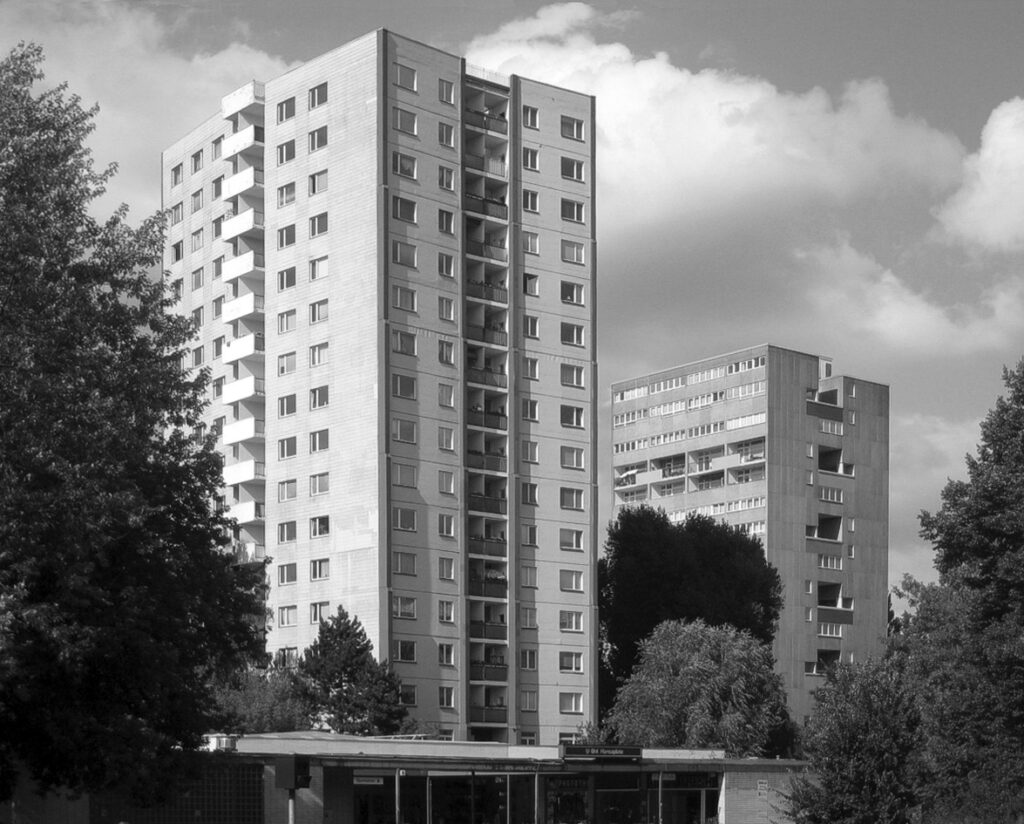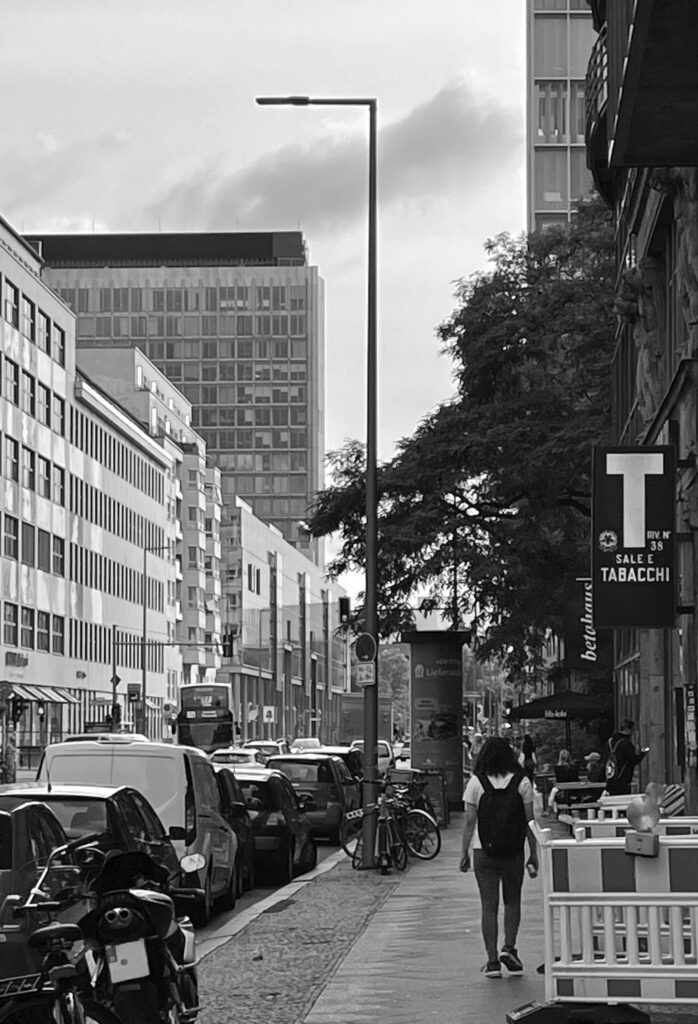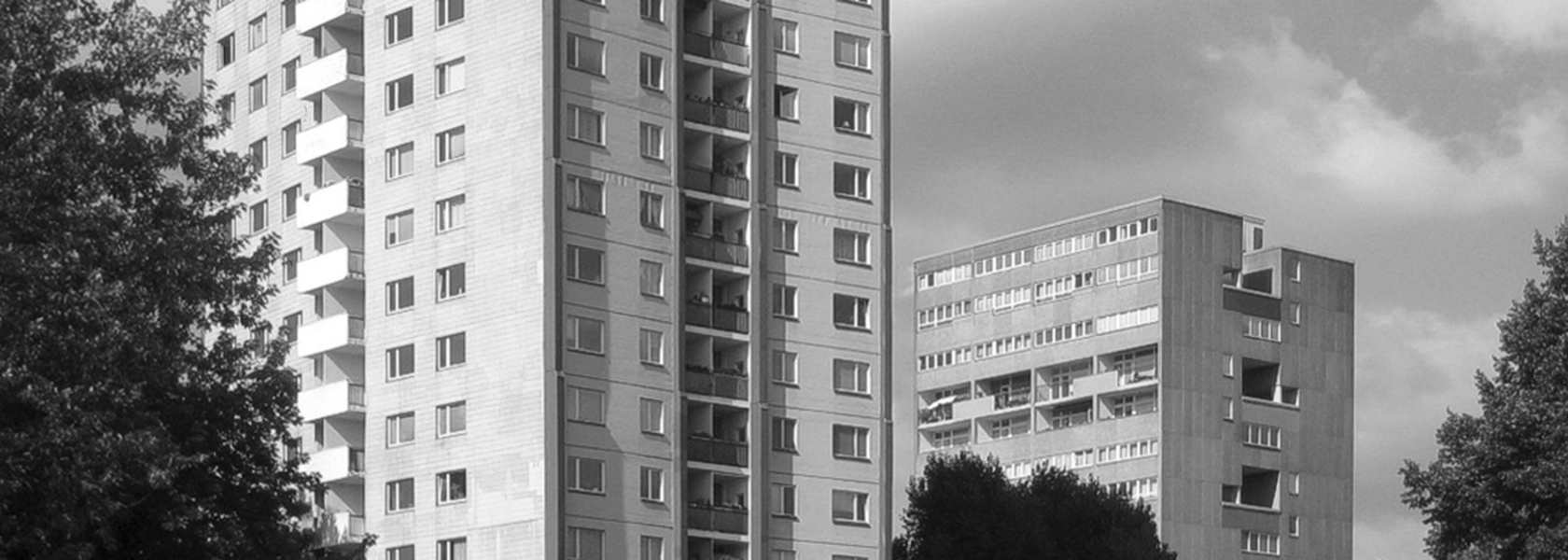Italian Architecture in Berlin: the centrality of polytechnic knowledge in the cultural confrontation between Italy and Germany.
From the 1950s onwards, the cultural and professional exchange between modern Italian and German architects, that had already established itself during the inter-war period, intensified.
In this exchange, a particularly important position is held by the contribution to Berlin made by some authoritative figures from the Milanese context and/or linked in various ways to the Milan Polytechnic.
This fact, confirmed by the numerous and growing occasions of confrontation, can be deduced first and foremost from the important contribution they made to the transformation of the German city, both in terms of design proposals that remained on paper, and above all in terms of works that were actually built.The serious damage induced by the Second World War and the particular history of Berlin – at the centre of international geopolitical interests that led to the building of a wall that divided the city into two parts between 1961 and 1989 – made it a true place of architectural and urban experimentation, which from time to time reflected the most up-to-date trends of the time. In fact, Berlin represents a true laboratory city, as a context in which to test the most up-to-date theories on architecture and urban form. These include the reflections on the historic city and its building tradition, strongly inspired by the contribution of the Italian school, especially in the charismatic figure of Aldo Rossi, which led to the experience of the IBA (1979-84/87) and continued with the important urban transformations promoted in the post-unification phase under the leadership of Senatsbaudirektor Hans Stimmann.

(sullo sfondo l’edificio di J. H. van den Broek e J. B. Bakema).
Foto: Manfred Brückels, 2005.

(in fondo sulla sinistra) vista dalla Rudi-Dutschke-Straße.
Foto: Ivan Brambilla, 2023.
As part of the research work presented here, particular emphasis is placed on those ‘pioneering’ works that sealed Milan’s contribution to the city of Berlin (West) in concrete terms, such as Luciano Baldessari’s residential building in the Hansaviertel (1954-58) and Melchiorre Bega’s headquarters for the Axel-Springer publishing house (with Gino Franzi, Gustav Müller and Franz Heinrich Sobotka – 1959-65). Two chronologically close tower buildings, concrete witnesses of the city’s desire for profound renewal and international vocation.
Having as their thematic background the reception of the American skyscraper in the European sphere – already taking place in the first decades of the 20th century – these works are among the actors animating the heated confrontation between the ‘capitalist city’ and the ‘socialist city’ strongly felt in those years and an unavoidable fact in the Berlin of the time.
Methodology and tools
The research work pursues two different lines of investigation.
The first of a “horizontal” type, carried out almost exclusively in terms of bibliographic research, which transversally observes two themes: cultural exchanges between Italy and Germany – focusing more specifically on the contribution of Italian architects to the city of Berlin – and the affirmation of the theme of the skyscraper in Europe.
The second one is “vertical” and focuses on the two main case studies: the tower in the Hansaviertel by Luciano Baldessari and the Axel-Springer-Hochhaus by Melchiorre Bega. Central themes of this second line of investigation are the collection of archive material, its internal cataloguing and the typological analysis of the two projects.
The reference archives for the Axel-Springer-Hochhaus are: the Bauaktenarchiv Bezirksamt Friedrichshain Kreuzberg, Berlin; the Unternehmensarchiv Axel-Springer, Berlin; the Archivio Melchiorre Bega at the IUAV University of Venice.
The reference archives for the residential tower in the Hansaviertel are: the Bauaktenarchiv Bezirksamt Mitte, Berlin; the Fondazione CASVA at the Castello Sforzesco in Milan; the Baldessari Archive at the Politecnico di Milano; the Fondo Luciano Baldessari at the Mart in Rovereto.
The objectives
- the reconstruction in brief of the relationship between Italy and Germany within the architectural debate from the post-war period to the present day;
- the registry of works realised by Italian architects in Berlin;
- the documentary investigation, historical contextualisation and architectural-typological analysis of the skyscrapers for Luciano Baldessari’s Hansaviertel and Melchiorre Bega’s Axel-Springer publishing house.

